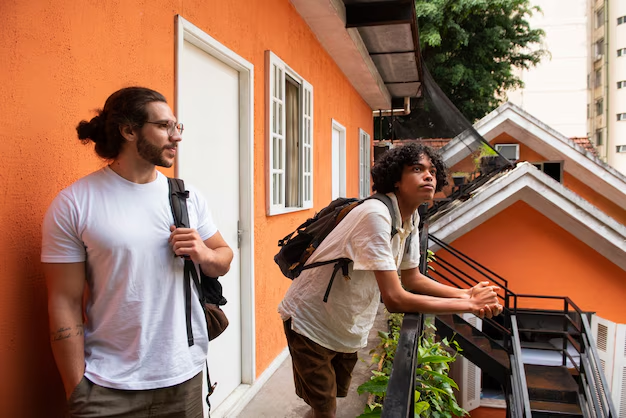Introduction to Shelter Solutions for Displaced Families in Somalia
Welcome to the heartwarming and crucial world of shelter solutions for displaced families in Somalia. This topic is deeply interwoven with the country's recent history and cultural fabric, presenting a unique set of challenges and inspiring responses. Whether you're a visitor interested in humanitarian work or a local wanting to understand more about these initiatives, you've come to the right place. Let's explore the landscape of shelter solutions in Somalia, highlighting vital services, community attractions, and innovative projects that are making a difference.
A Humanitarian Hub in the Horn of Africa
Somalia, located in the Horn of Africa, has frequently been in the spotlight due to its complex socio-political circumstances. Over the past few decades, the country has experienced persistent internal conflict and climatic challenges, such as drought and flooding. These conditions have led to large numbers of internally displaced people (IDP) seeking refuge and stabilization. As a result, a significant emphasis has been placed on creating shelter solutions that are both sustainable and sensitive to the cultural context of the displaced communities.
Popular Shelter Solutions and Services
The shelter solutions in Somalia are as diverse as they are innovative. A range of international humanitarian organizations, non-governmental organizations (NGOs), and local entities collaborate to provide essential services. Here are some of the key types of shelter solutions available:
Transitional Shelters: Many families find temporary homes in transitional shelters. Often made from local materials, these structures are designed to be quickly assembled and somewhat durable, offering immediate relief from the elements.
Permanent Housing Projects: Efforts are underway to convert temporary shelters into more long-term housing solutions. These projects often incorporate features suited to the climatic conditions of Somalia, such as solar panels and rainwater collection systems.
Community Centers: Beyond individual family shelters, community centers provide spaces for social interaction, education, and training. These centers are integral to rebuilding community bonds and fostering a sense of normalcy.
Collaborative Efforts with Local Businesses: Local businesses and artisans are increasingly involved in shelter solutions, bringing traditional building techniques and materials together with international support to create sustainable living environments.
Attractions for the Curious Mind
For those visiting Somalia with an interest in humanitarian work, there are several key areas where one can learn more about these efforts:
Visiting Humanitarian Camps: Many settlements welcome visitors who want to learn more about the challenges and solutions in place. Here, you can observe the day-to-day operations and perhaps even volunteer your skills.
Humanitarian Workshops and Exhibits: Periodically, workshops and exhibits are held to promote awareness and share knowledge on effective shelter solutions. These events are great for networking with like-minded individuals and organizations.
Cultural Exchange Initiatives: Engaging in cultural exchange within these projects offers insights into Somali traditions and the resilience of its people. It's also an opportunity to share and learn best practices from across the world.
Exploring Further Subcategories
Are you intrigued by the science behind sustainable building? Or perhaps the logistical challenges of deploying such solutions in a complex environment fascinate you? Exploring subcategories like environmental impact, community-driven projects, and the role of technology in shelter solutions can provide deeper insights into this critical field.
Somalia's Legacy and Commitment to Solutions
Somalia is taking significant strides in innovating shelter solutions, often with limited resources but abundant creativity and determination. This commitment is visible in how various stakeholders come together to design, fund, and implement shelter solutions that are safe, dignified, and tailored to the needs of displaced families. As you dive deeper into this topic, you'll discover a resilient nation working hard to provide not just shelter, but hope and stability, for its displaced families.
